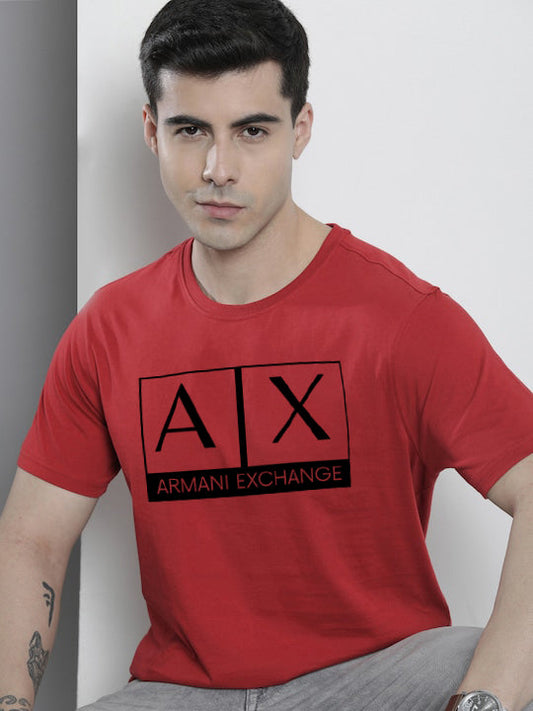Comparison Between First Copy Brands and Original Brands
Share
When comparing first copy brands with original brands, several key differences become apparent. The most obvious difference is the price point. Original brands are known for their luxury status and often come with a premium price tag. On the other hand, first copy brands offer similar styles at a fraction of the cost, making them more accessible to a wider range of consumers.
Another difference is the exclusivity factor. Original brands are associated with prestige and a sense of exclusivity. Owning an original brand item often signifies a certain status and affluence. In contrast, first copy brands are more readily available and do not carry the same exclusivity value.
However, it is important to note that purchasing first copy brands can be seen as supporting counterfeit culture and infringing on intellectual property rights. Original brands invest heavily in research, design, and development to create unique and innovative products. By purchasing replicas, consumers may unknowingly contribute to a system that undermines the creativity and integrity of the original brands.
Challenges Faced by First Copy Brands
While first copy brands offer advantages for consumers, they also face numerous challenges. One of the main obstacles is the legal implications and potential controversies surrounding their operations. Original brands often take legal action against first copy brands for trademark and copyright infringement. This can result in lawsuits, fines, and reputational damage for the first copy brands.
Another challenge is the quality of the products. While some first copy brands strive to replicate the original designs and materials as closely as possible, others may compromise on quality to reduce costs. This can lead to inferior products that may not meet the expectations of consumers. It is essential for shoppers to be cautious and research the reputation of the first copy brand before making a purchase.



















